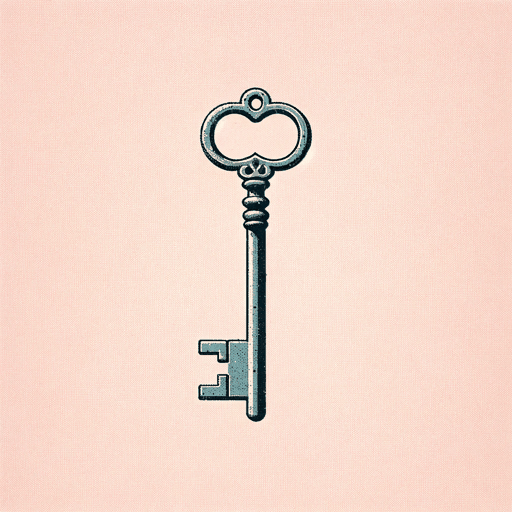56 pages • 1 hour read
Katherine EbanBottle of Lies: The Inside Story of the Generic Drug Boom
Nonfiction | Book | Adult | Published in 2019A modern alternative to SparkNotes and CliffsNotes, SuperSummary offers high-quality Study Guides with detailed chapter summaries and analysis of major themes, characters, and more.
Background
Literary Context: Eban’s Bottle of Lies and Upton Sinclair’s The Jungle
Bottle of Lies has drawn comparisons to Upton Sinclair’s The Jungle. Although separated by time and genre, these two books share a common thread in their exposés of unethical practices within industries critical to public health. While The Jungle unveiled the horrors of the meatpacking industry in early 20th-century America, Bottle of Lies delves into the world of generic drug manufacturing in the 21st century.
Published in 1906, The Jungle shocked readers with its vivid depiction of the unsanitary conditions, labor exploitation, and corruption in the Chicago meatpacking industry. Sinclair’s narrative—initially aimed at highlighting the plight of immigrant workers—inadvertently exposed the compromised quality of the food the industry produced. The book catalyzed significant changes in food safety regulation, eventually leading to the establishment of the US FDA.
Written in the 21st century, Bottle of Lies tackles a comparable theme—the integrity of the pharmaceutical industry. Eban’s investigation into the practices of Ranbaxy, a major player in generic drug manufacturing, uncovers a complex web of fraud, data manipulation, and compromised quality control. The book, like The Jungle, reveals the alarming consequences of prioritizing profit over public health.
Both books explore the theme of regulatory failure.
Featured Collections
Business & Economics
View Collection
Challenging Authority
View Collection
Globalization
View Collection
Health & Medicine
View Collection
New York Times Best Sellers
View Collection
Power
View Collection
Science & Nature
View Collection
The Best of "Best Book" Lists
View Collection
Truth & Lies
View Collection

